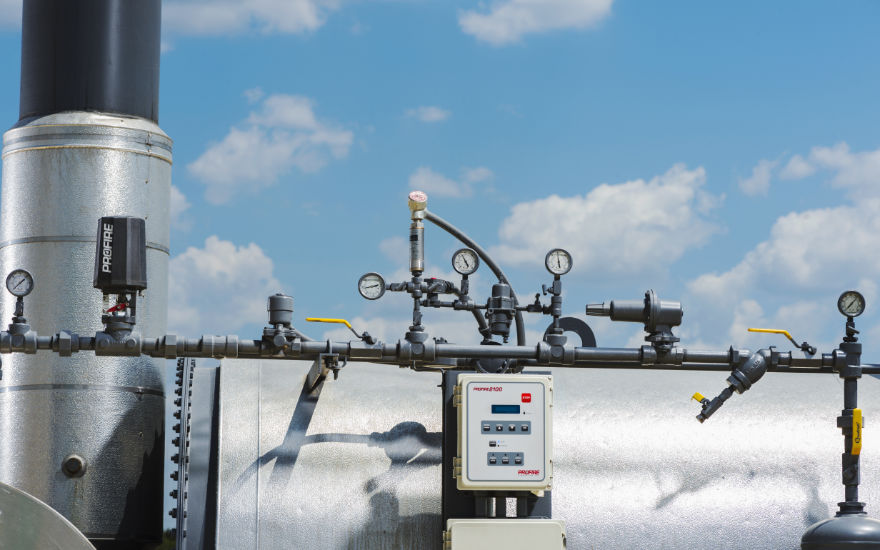It is paramount that the proper set of components are used in a suitable configuration in fuel trains, otherwise operations and safety can be seriously compromised. Fuel trains vary considerably depending on the specifics of the application. Their variation is specified in safety standards/codes that are either recommended or enforced.
In the USA, fuel trains are recommended to follow either the National Fire Protection Association Standard for Fluid Heaters (NFPA 87) or the American Society of Mechanical Engineers “Control and Safety Devices for Automatically Fired Boilers” (CSD-1).
In Canada, the standard is enforced. The fuel trains need to abide by the Canadian Standard Associations “Code for the field approval of fuel-related components on appliances and equipment” (B149.3).
These standards specify the recommendations and requirements for the different components used in the fuel trains and their specific configurations. They include typical diagrams of the fuel trains the manufacturers and operators can follow to ensure compliance. The interpretation of these standards is done by the AHJ (Authority Having Jurisdiction), which may be different people or bodies authorized at a particular location.
Operators of production heaters can install fuel trains for their applications based on a number of different factors. E&P (Exploration & Production) companies that use production heaters may have internal safety specifications which might be more stringent than the industry standards, codes, and recommendations.
The control and performance needs of different production heater operators might be different. Some may require tight control while others may need modulating control of the fuel which is supplied to the process heater. Similarly, the components needed for a slow start, on/off or slip stream fuel control are different.
Process heating applications differ by the gross BTU (British Thermal Unit) requirement for their production heaters. Small heaters require low BTU output, while large ones require high. The components and configurations of the fuel trains change depending on the power output. For example, fuel trains with rating greater and equal to 12,500,000 BTU/hour, require double block and bleed valves for additional safety.
Finally, the operatoring budget for production heater operations can influence the type of fuel train you choose. Operators with a larger budget can add additional safety components to their fuel trains.
Fuel trains come in standard or custom designs. Standard fuel trains can be sourced in a “quick stand” package where the fuel trains are bundled in with a BMS. Alternatively, they are available in a “full skid stand” with a solar panel as the power source. Finally, they can come in a “double skid” package where two controllers control two separate fuel trains.
For more information on our fuel trains contact us.
